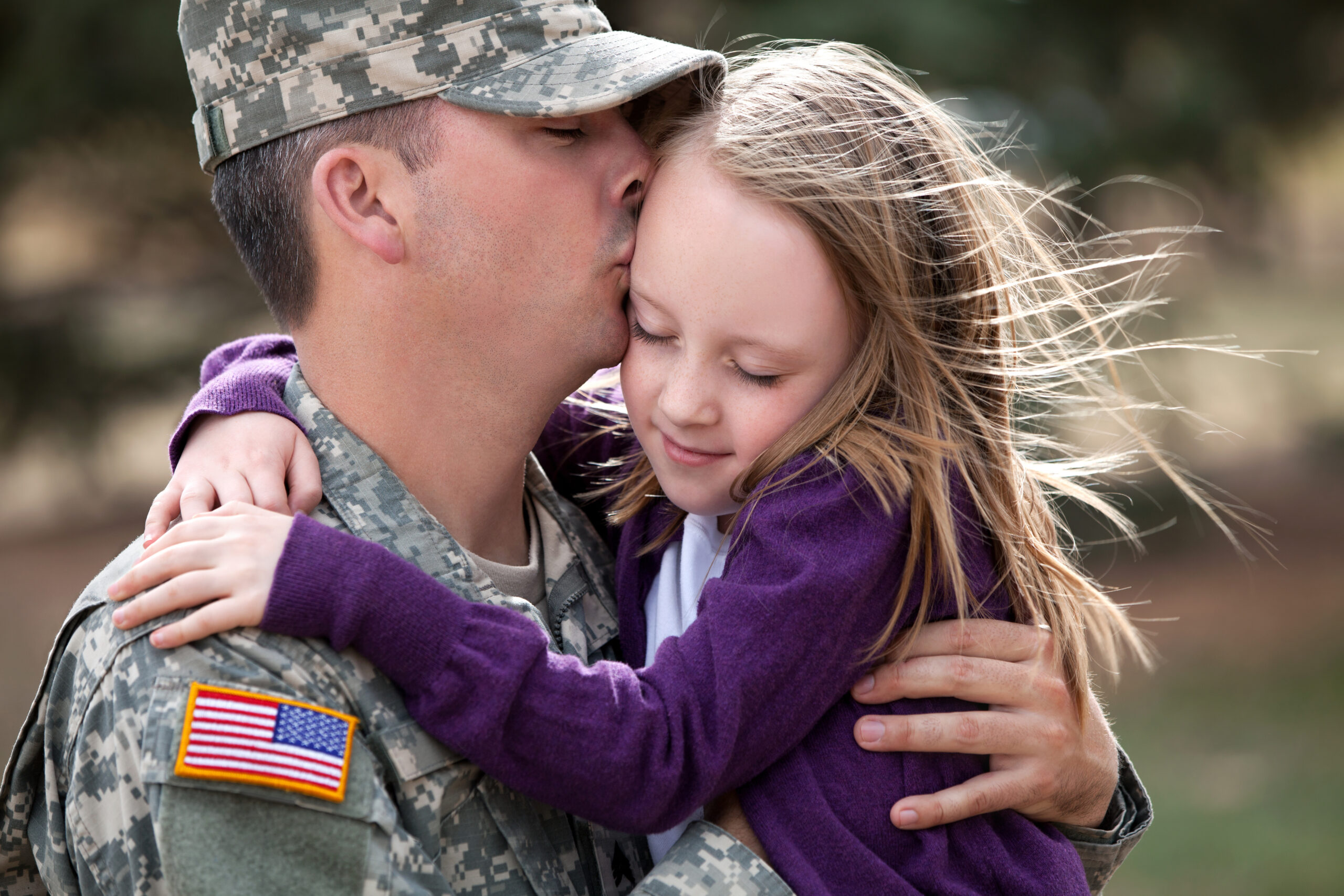As the school year winds down, stress often builds for students and school professionals. Students and adults may lose focus and patience, and changes in schedules can create further disruption. During this time, school counselors and school psychologists may be asked more frequently to perform responsive services and help manage students who are experiencing dysregulation. Making occasional classroom visits to offer responsive services is often part of a school-support professional’s responsibilities, but spending a lot or most of one’s time providing these services may be an inefficient use of time. Understanding the stresses that can affect students and teachers can help you, the school-support professional, remain empathetic in many situations. In order to reduce the number of situations that you need to respond to, you could disseminate effective behavior-management tools through consultation with teachers.
Understanding the End-of-Year Landscape
By late spring, many school professionals begin to feel strain as they push to finish the year successfully. Teachers struggle to ensure they cover all of the necessary content, adjust schedules to proctor standardized testing and benchmarking assessments, and organize field trips—all while managing unwanted and/or difficult student behaviors. Teachers may also grapple with compassion fatigue or burnout, which can affect their tolerance for managing difficult behaviors. Meanwhile, students may experience exam and grade stress, feel less motivated to demonstrate appropriate behaviors, and may be impatient for or anxious about special occasions occurring at the end of the year. Tensions may be high for everyone.
Prevention Strategies for Counselors and Psychologists
Prevention is the most important element in reducing the need for responsive services. This can include reducing unnecessary changes or traditions and maintaining high standards for student performance. Some of the most important strategies to consider as you strive to handle end-of-the-year concerns at Tier 1 include the following (Missouri, 2018):
- Remind students of expected behaviors. Encourage teachers to periodically discuss the class and school rules with their students. Teachers could also start each lesson with a reminder of what behavior students should display during each activity.
- Remind teachers to discuss and model expected behaviors. Teachers could have their students physically walk through common activities, such as practicing standing in the lunch line, entering classrooms, or turning in assignments. Practicing specific tasks helps remind students about what appropriate behaviors are and how to engage in them.
- Prompt students to use self-management strategies. The end of the year is a good time to ask teachers to remind students of organizational skills, coping skills, and help-seeking strategies.
- Invest in systems for reinforcement. Keeping students motivated to perform expected behaviors is important. This may involve reminding teachers to dole out more praise than usual or increase their use of tangibles such as PBIS tokens or Class Dojo points.
Additional Advice for Managing Student Behavior
Merrill (1991) provides some additional advice:
- Consider the timing and scheduling of special events to minimize disruptions.
- When possible, make sure testing schedules are developmentally appropriate. For example, elementary and middle school teachers should avoid giving long, cumulative tests at the end of the year.
- Invest in positive school culture by creating special events, distributing yearbooks, hosting awards and moving-up ceremonies, and asking the cafeteria workers to serve favorite foods. Giving students small and large events to look forward to can increase motivation.
Tips for Supporting Teachers with Challenging Student Behaviors
When you are called in to manage a difficult situation, try to minimize the impact on students who are not directly involved in order to maintain as much structure as possible. This could involve quietly removing students from class instead of managing the behavior in context. After a student has calmed down, make a plan with the student that will enable him or her to find help quickly, so the behavior doesn’t escalate in the future. For example, choose a nonverbal signal the student can use to let the teacher know he or she needs a break. Another option could be to discuss some emotion-regulation skills with the student and practice using these skills, such as engaging in self-talk. Other ideas include providing resources for teachers and students, such as online information about coping skills, or setting up break stations for students around the school.
While you may be busy, finding time to meet with specific students who could or often do experience behavioral concerns can create a big shift in a student’s behavior and preempt disruptions. Consider talking with teachers who have students who display frequent, very intense, or very disruptive behaviors. When meeting with teachers, understand they are likely frustrated and overwhelmed, so keep the following in mind when engaging in this type of consultation (Aguilar, 2014):
- Be empathetic. Make some time to listen to teachers describe how difficult their experiences have been and validate those experiences. Remind teachers that they have managed difficult behaviors in the past, and ask about what strategies they have used, or brainstorm strategies they could use.
- Identify a simple plan. Sometimes, teachers may already have a plan, and they just need their ideas to be validated, or you may need to propose some additional options. However, remember, this is not the time of year to initiate an entire or new plan or program. Suggest small and doable ideas, like having the teacher give the student a lot of praise early in the day; asking the teacher to spend some personal time with the student; or offering some de-escalation techniques, such as using active listening or maintaining a calm and respectful demeanor, that the teacher could model for the student and, then, ask the student to try.
- Use active listening. As you listen to the teacher’s concerns about implementing an intervention. Teachers may experience resistance when they try to use an intervention for a variety of reasons. Understanding the source of the resistance can help them reduce barriers to implementing the intervention.
- Create a plan for action. Help teachers form a clear plan for how they will act in and react to certain situations in the future. This could include adjusting teaching practices, scanning for and detecting early signs of student dysregulation, and using personal emotional-management strategies. Set up a time to check in with the teacher to discuss their progress, or you could encourage teachers to seek intervention support from another teacher in order to reduce dependence on school-support professionals.
Final Thoughts and Additional Resources
Finally, remind teachers that the end-of-year period is temporary. This time period can offer opportunities: teachers and students can strengthen their relationships, develop resilience, and practice flexibility. As a school counselor or school psychologist, you can play a crucial role in supporting teachers through this challenging period by validating their experiences, supporting preventative practices, and providing short consultation sessions that focus on low-lift strategies for reducing big behaviors.
If you’re interested in learning more about preventative classroom-management strategies, you might like this series of trainings, or you may find it helpful to learn more about supporting students’ social and emotional learning through this series of trainings.
Reference(s):
Aguilar, E. (2014, February 5). How to coach the overwhelmed teacher. Education Week. https://www.edweek.org/leadership/opinion-how-to-coach-the-overwhelmed-teacher/2014/02
Merrill, A. B. (1991). Planning for the end of the year at a middle school. Middle School Journal, 22(5), 4–9. https://doi.org/10.1080/00940771.1991.11495997
Missouri Schoolwide Positive Behavior Support. (2018). Tier 1 Team Workbook. https://pbismissouri.org/wp-content/uploads/2018/05/MO-SW-PBS-Tier-1-2018.pdf






